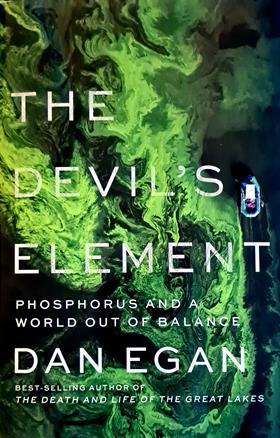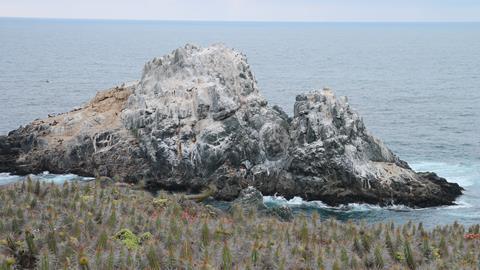Well-told anecdotes about bones, bird droppings and bombs outline the multifaceted nature of the element phosphorus.
In one of the many anecdotes in The Devil’s Element, author Dan Egan describes how he asks a farmer in the Walloon countryside if he ever comes across human bones on his lands. A strange question? Not when you realize that this area was the scene of the Battle of Waterloo, where more than 50,000 casualties occurred already in the first 10 hours. The farmer’s negative answers offers food for thought, as fallen soldiers were not repatriated in those days, and human bones are preserved for a long time. So what happened to them?
The answer is appalling: the corpses were collected, shipped to England, where they were ground into grit and used as fertilizer. Between 1840 and 1880, the English thus managed to double their agricultural yields thanks to the bones of war casualties and even Egyptian mummies.
Those good harvests are the result of the high levels of phosphorus in bones. Phosphorus is often the limiting factor in crop growth, as Justus von Liebig discovered in the mid-19th century. When European battlefields could no longer meet the demand for phosphorus, islands off the coast of Peru came into the picture. Huge amounts of phosphorus-rich guano - bird manure - had been deposited there by birds over millennia. Thirteen million tonnes of guano then found a new use on European fields.
Guano
Around 1890, the guano deposits ran out, just before much larger reserves of phosphorus were discovered in rocks in the north-west of Africa. That is where most of the phosphorus for our fertilizer production still comes from, and Egan argues that the current prediction that we have 200-300 years of phosphorus left, is a lot less worrying than the fact that 80% of it is owned by just one man: the king of Morocco.
‘The corpses were ground into grit and used as fertilizer’
Egan excels in his many anecdotes on environmental disasters, alchemists, and the horrors of phosphorus bombs on Hamburg and the poor bugger who put a remnant of it in his pocket, thinking it was a shell. Knowing that phosphorus ignites as it approaches body temperature, you can guess the rest. His engaging storytelling makes up for the lack of clarifying illustrations, thorough scientific argumentation, and, sometimes, nuance.
The convincing narrative of the book is how phosphorus has shaped our history for centuries and will continue to be crucial to our future. ’We may be able to substitute nuclear power for coal, […], but for phosphorus is neither substitute nor replacement.’ These words by writer Isaac Asimov from 1959 still hold. A future without phosphorus is a future with hunger.

The Devil’s Element
Phosphorus and a world out of balance
Dan Egan
€22,99













Nog geen opmerkingen